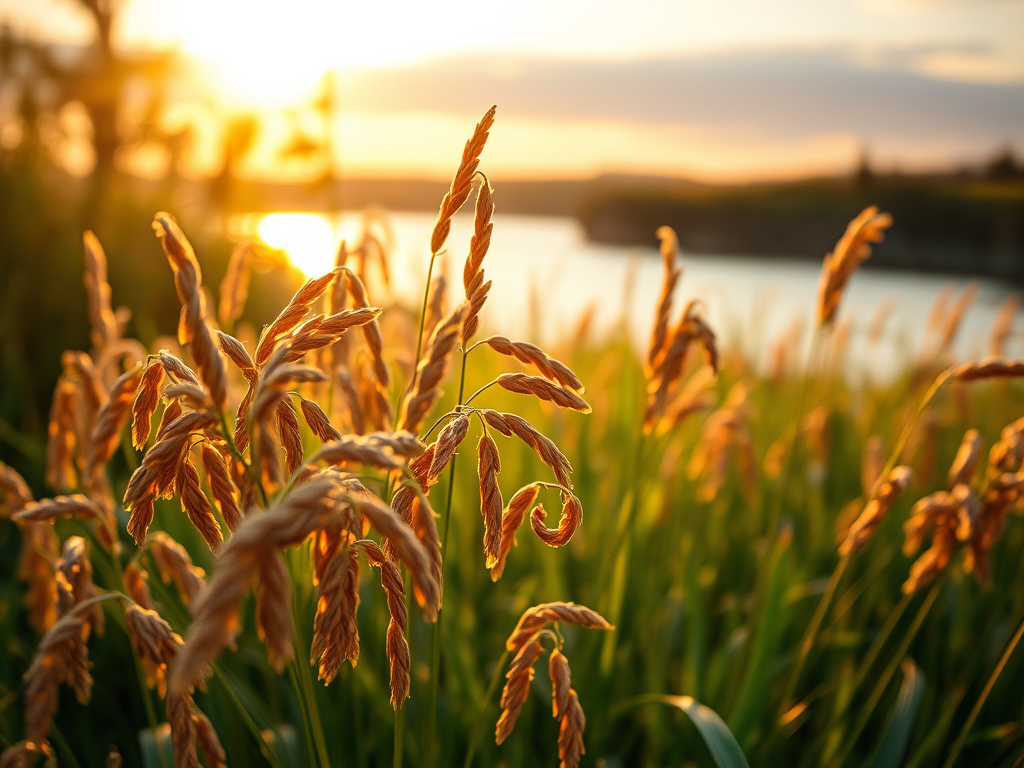When most people think of Saskatchewan, they picture golden wheat fields stretching to the horizon, perogies on the dinner table, and maybe a pot of borscht bubbling on the stove. But tucked among the province’s many culinary treasures is a lesser-known gem that deserves a spot in your pantry: wild rice.
And no — it’s not actually rice.
🍃 What Is Wild Rice, Anyway?
Despite the name, wild rice isn’t rice at all. It’s an aquatic grass seed native to North America and long harvested by Indigenous communities for centuries — particularly in what is now Saskatchewan, Manitoba, and parts of northern Ontario. Wild rice (or manoomin in Ojibwe) is nutty, chewy, and packed with nutrients, offering a powerful alternative to processed grains.
In fact, Saskatchewan is Canada’s largest producer of wild rice grown in natural lakes, particularly in the northern boreal regions around La Ronge, Cumberland House, and Meadow Lake.
🌿 A Sacred and Sustainable Tradition
Wild rice harvesting in Saskatchewan is deeply rooted in Indigenous tradition. It’s more than food — it’s medicine, ceremony, and livelihood.
Traditional hand-harvesting, often done by canoe using knockers, is still practiced today, especially in Indigenous-led initiatives that focus on sustainable harvesting and community empowerment. Meanwhile, some producers use airboats or harvest with permission in designated lakes, combining tradition with innovation.
Organizations like the Northern Lights Foods Co-op and La Ronge Wild Rice Corporation work to bring high-quality, lake-harvested rice to broader markets — while respecting the land and the people who rely on it.
🥣 Why You Should Be Cooking with It
Wild rice is a nutritional powerhouse:
- High in protein, especially compared to other grains
- Naturally gluten-free
- Rich in antioxidants, fiber, and essential minerals like magnesium and zinc
- Low in fat and sodium
It’s also incredibly versatile. Wild rice works beautifully in:
- Hearty soups and stews
- Grain bowls with roasted vegetables
- Stuffings and casseroles
- Even breakfast porridge (try it with maple syrup and berries — trust me)
Want to go next-level? Pair wild rice with local Saskatchewan ingredients like saskatoon berries, smoked trout, or roasted root vegetables.
🛒 Where to Find It
You can buy wild rice from:
- Local farmers’ markets (especially in the summer/fall)
- Indigenous food producers and co-ops
- Health food stores across Saskatchewan
- Online retailers that specialize in Canadian or Indigenous foods
Look for labels that say “lake-harvested” or identify Indigenous producers to ensure your purchase supports ethical sourcing and traditional stewardship.
✨ Closing Thought
In a province known for wheat, wild rice is the quiet, dark-hulled underdog that punches well above its weight. It’s local. It’s healthy. It’s delicious. And it’s rooted in deep history that deserves celebration and respect.
So next time you’re meal planning or browsing your local market, grab a bag of Saskatchewan wild rice. You won’t just be cooking a tasty grain — you’ll be supporting a story that stretches across lakes, generations, and cultures.




